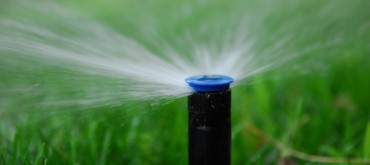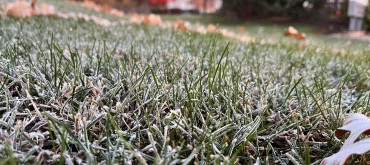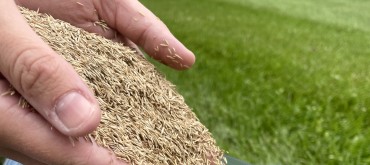Pruning
Late spring is a good time to start pruning trees. What you do this year, will impact the way your tree blooms next year. Trees are like any living thing, they recover faster from a small cut as opposed to a big cut. Also, young trees recover better than mature trees, so when pruning an old tree you have to make sure you are cutting intentionally and for a good reason. Most trees undergo intentional pruning when they are young, as it is easier to remove small young branches and train your tree simultaneously. In example, the time of year you trim a Magnolia tree is very important. Once they lose their flowers within the next couple of weeks, light trimming is important for the way it will bloom next year. At this time, you can shorten long, young branches and remove lower boughs if you desire a bare stem. Mature Magnolia trees do not recover from pruning, so it is recommended to leave them as is, unless absolutely necessary. Here are a few general tips for pruning a tree (preferably just before the tree begins to open its buds):
- Remember to remove dead branches.
- It is very important to remove diseased or insect-infested branches so that it doesn’t spread to the entire tree.
- Make sure to increase airflow inside a tree crown.
- Trim some branches to allow light to penetrate to the ground below.
- Remove branches that rub against one another to eliminate damage.
General rules to follow
- For branches less than 2 inches in diameter, make the cut.
- For branches 2–4 inches in diameter, think twice before cutting.
- For branches more than 4 inches in diameter, cut only if absolutely necessary, and make two cuts. The first about a foot or two from the actual intended cut to remove the weight of the branch and prevent tearing into the rest of the tree. The second cut is made right where the branch starts to thicken against the other branch in the tree.
Never remove more than one-fourth of a tree’s total leaf-bearing capacity in one pruning





